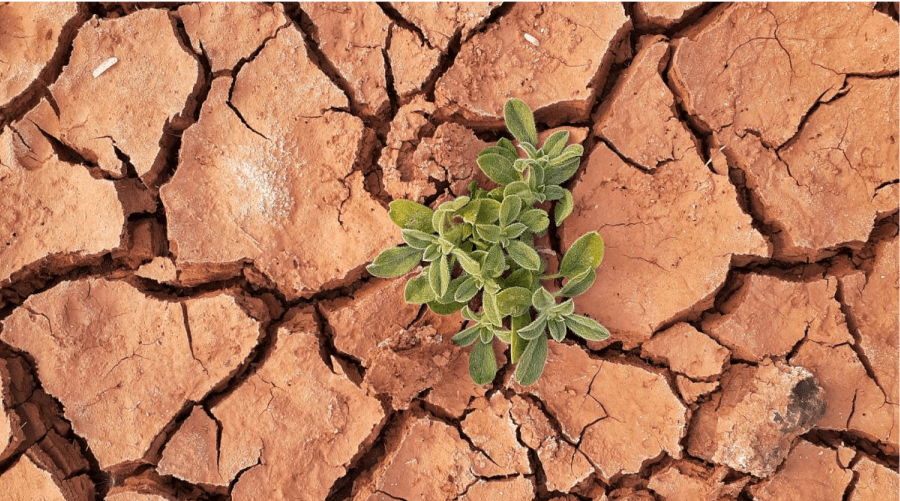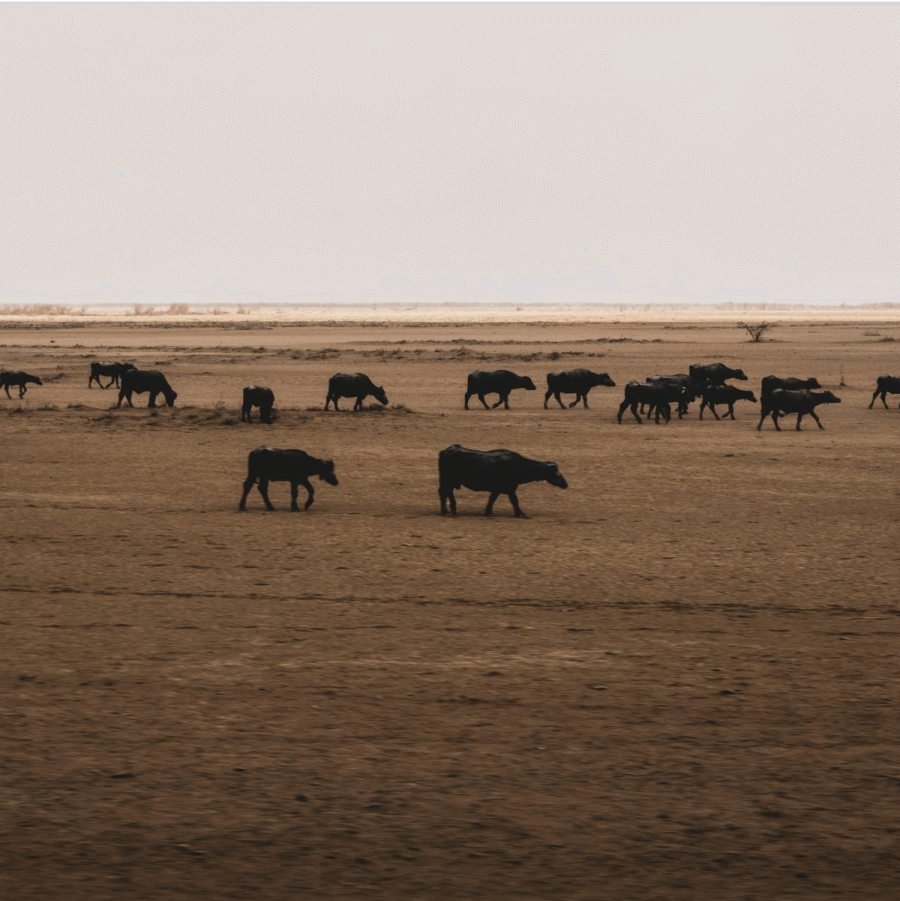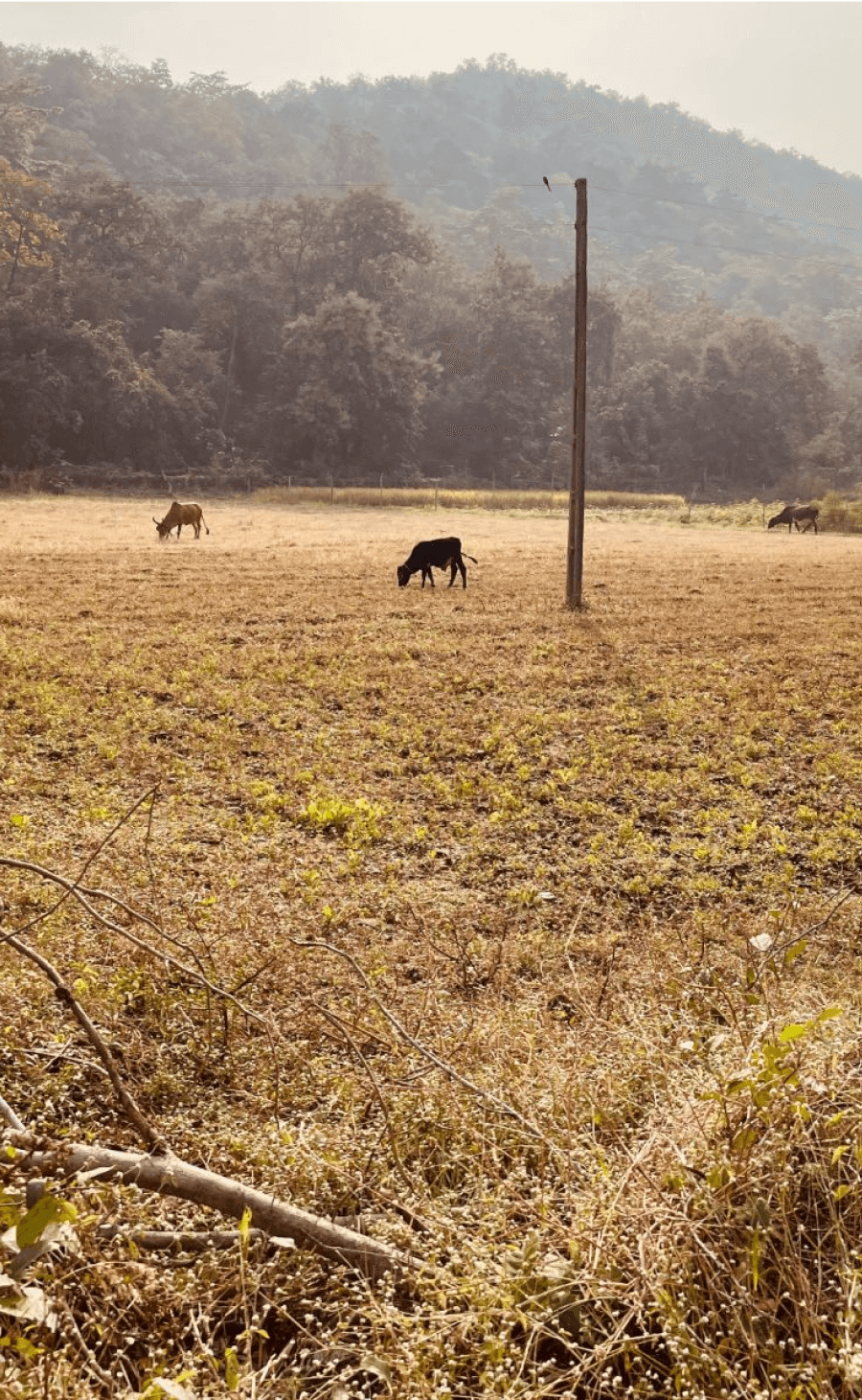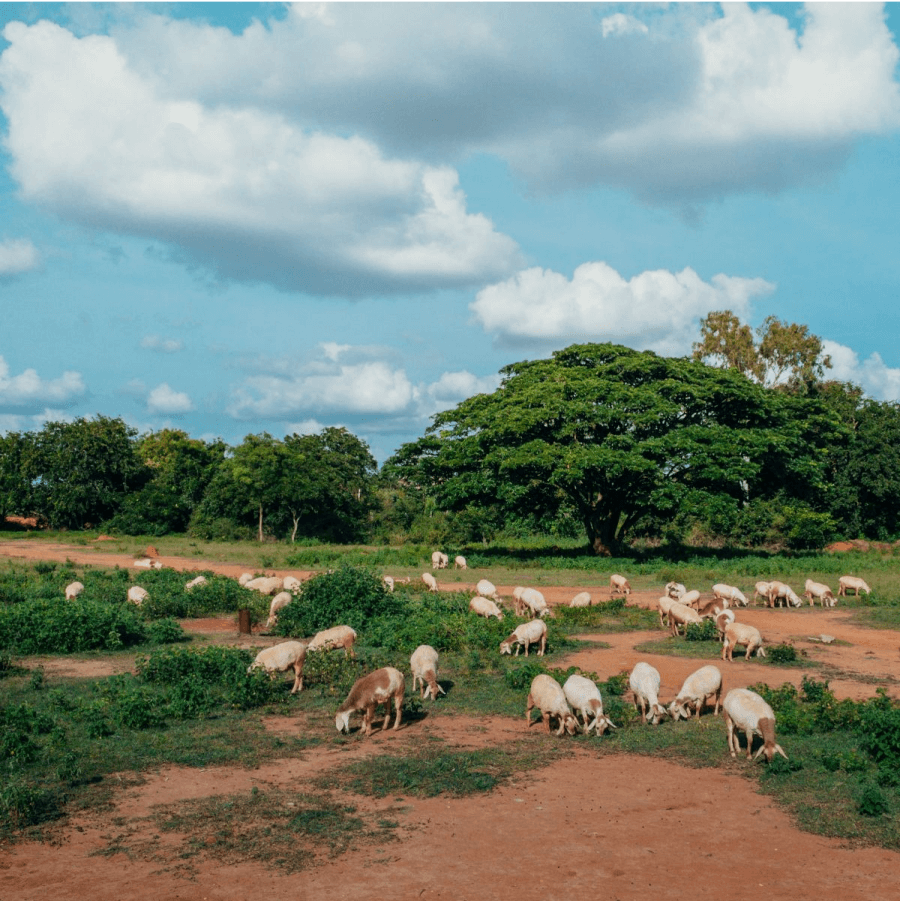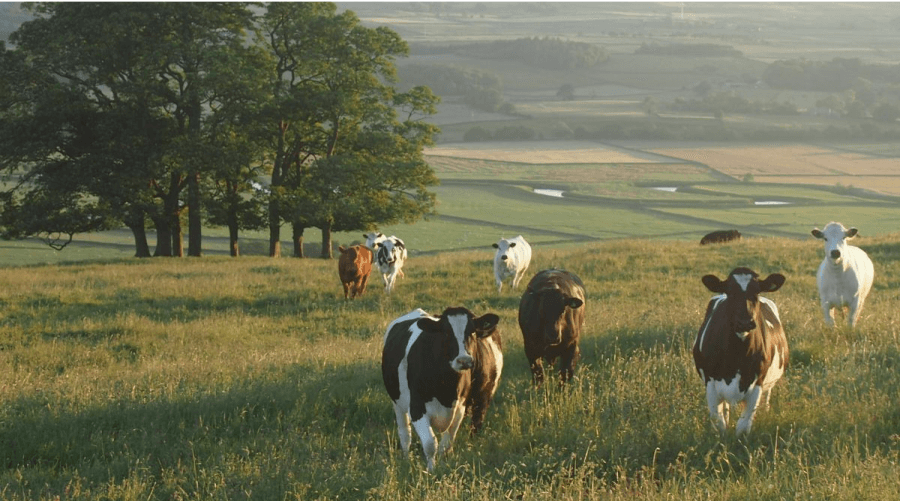Development of Pastureland
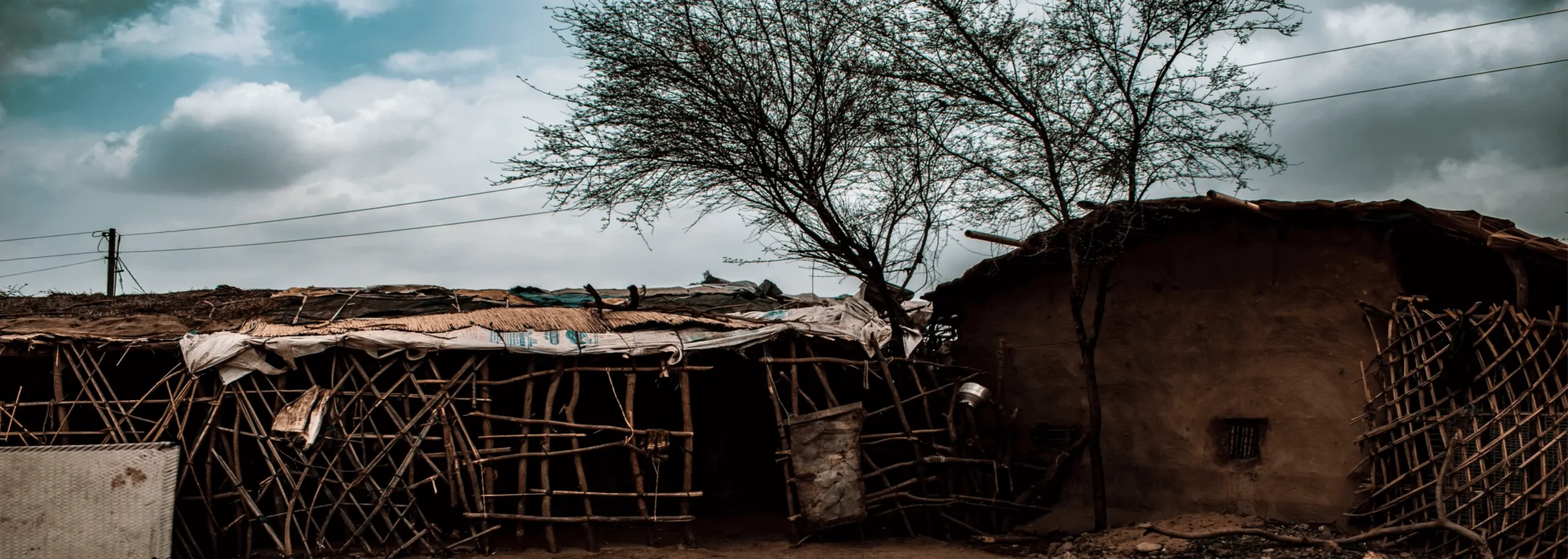
A high-impact project that addresses the environment, community, and biodiversity.

The world is on track to convert over 10% of all landmass to degraded land.
India alone has nearly 100 million hectares (~30% of total land) of degraded land with almost all the states reporting an increase in degraded land in the last couple of decades. Degraded land loses its productivity, its ability to sequester greenhouse gases, and affects biodiversity. Communities living in the forest fringe areas are now forced to travel more to collect fuelwood and feed their livestock, resulting in falling productivity.
Degraded lands not only affect the rural population but have also resulted in some of the most intense heatwaves in recorded history. A heatwave that struck India in 2022 resulted in Delhi recording temperatures of 42°C or above for over 22 days in May. Climate change makes this type of extreme event 100 times more common.
What are Pasturelands?
Pasturelands are grassy lands, covered with self-seeding plants that are continuously grazed by livestock like sheep, goats, and cattle. Assuming pasturelands can sequester at least 3 tCO₂e/ha every year, India can sequester nearly 325 million tCO₂e or 10% of its annual emissions just by converting their degraded land into pasturelands.

Our little contribution? We are currently working on a project that is targeting to convert over a million hectares of degraded land into pasturelands.
Technology
Development of Pastureland
Life of the pastureland
7 Years
Sequestration of CO2e emissions annually per hectare
3 tCO2e
CarbonWatch's Targeted Project Size
1,000,000 hectares
Expected emission reduction from our programme (10-year Period)
17,500,000 tCO2e


As an environmental scientist, I see firsthand the impact that carbon emissions have on our planet. From rising temperatures to more frequent natural disasters, the evidence is clear: we must take urgent action to reduce our carbon footprint. Reducing carbon emissions isn't just about protecting the environment; it's about ensuring a sustainable future for generations to come.
John
Designation, Company name
Benefits
Carbon
Sequestering
Each hectare is expected to be able to sequester nearly 3 tons of CO₂e annually. This converts to nearly 17.5 million tCO₂e emissions being sequestered directly through our project.
Economic
Benefits
Animal husbandry becomes more economical and profitable due to the availability of fodder. It also improves land management skills of the community and creates employment from maintenance of the pastureland and the project, offering an alternative income source other than from animal husbandry.
Biodiversity
By reducing degradation and deforestation, our project directly helps in conserving the biodiversity which would otherwise be drastically affected.
Bolster
Communities
The project increases self-sufficiency of the local community, thus reducing the reliance on seasonal migration to find work.
Long-Term
Supply of Food
By converting degraded land into pastureland, the project positively affects the future supply of food.
Benefits
Carbon Sequestering
Each hectare is expected to be able to sequester nearly 3 tons of CO₂e annually. This converts to nearly 17.5 million tCO₂e emissions being sequestered directly through our project.
Economic Benefits
Animal husbandry becomes more economical and profitable due to the availability of fodder. It also improves land management skills of the community and creates employment from maintenance of the pastureland and the project, offering an alternative income source other than from animal husbandry.
Biodiversity
By reducing degradation and deforestation, our project directly helps in conserving the biodiversity which would otherwise be drastically affected.
Bolster Communities
The project increases self-sufficiency of the local community, thus reducing the reliance on seasonal migration to find work.
Long-Term Supply of Food
By converting degraded land into pastureland, the project positively affects the future supply of food.
Gallery
